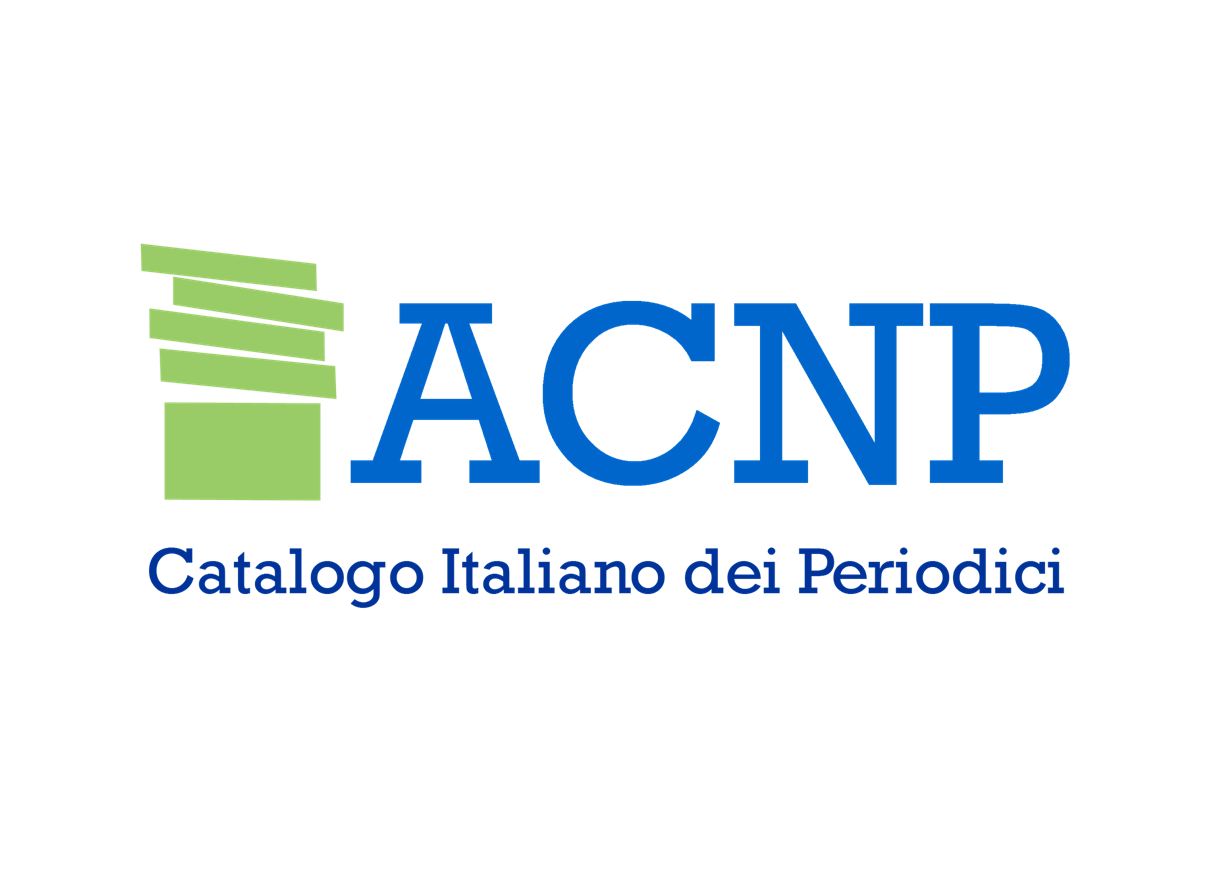Beyond distance learning. Communication and visual education between school and family
DOI:
https://doi.org/10.61007/QdC.2022.2.64Keywords:
social inclusion, digital education, information design, visual storytelling, school, educationAbstract
The emergent state of Covid-19 has had a strong impact in the field of education, with particular reference to distance learning, so much so that the uses of digital technology and its applications are now an essential topic in public and political debate. The implementation of distance learning, in fact, has necessarily led to a reflection on the methodological paths that can be applied and tested in the educational context, where new modes of relationship/ interaction, as well as new stimuli for learning, are among the best practices to be adopted to respond to the socio-cultural and educational context that is taking shape, also with reference to doing school. There are many uncertainties linked to the validity of new digital didactic approaches and to the communicative and transmissive effectiveness of the contents where the digital skills of teachers and families and the lack of adequate equipment risk compromising the objective of effective and inclusive education. Among the critical issues that have emerged is that of guaranteeing, through the digital medium, participatory, motivating and engaging teaching for students, capable of increasing their sense of responsibility for self-learning and their emotional involvement in interaction. A new educational media design is called upon to respond to the new digital challenges. How can educational quality and inclusion be guaranteed through digital communication, beyond socio-cultural inequalities? How can school digital capital guarantee new educational planning in the classroom? These are the main questions of the paper, which will focus on illustrating the communicative strategies of visual storytelling and graphicacy as tools for democratising digital communication, for sociocultural inclusion and for reducing sociocultural inequalities, by illustrating the structural framework and the main actions/strategy of the European Erasmus Plus project CAVE (Communication and Visual Education in homeschooling).
References
Bourdieu, P. (1979), Distinction. A social critique of the Judgement of taste, Paris, Les Edition de minuit.
Bulger, M., & Davison, P. (2018), «The Promises, Challenges, and Futures of Media Literacy» in Journal of Media Literacy Education, 10(1), 1-21, https://doi.org/10.23860/JMLE-2018-10-1-1.
Capogna, S., Cocozza, A., Cianfriglia, L., (a cura di) (2018), Le sfide della scuola nell’era digitale. Una ricerca sociologica sulle competenze digitali dei docenti, Roma, Eurilink University Press.
Carretero, S., Vuorikari, R., Yves Punie, Y., (2017), DigComp 2.1: The Digital Competence Framework for Citizens with eight proficiency levels and examples of use. Publications Office of the European Union: Luxembourg.
Cherkaoui, M. (1981), I paradossi del successo scolastico, Roma, Armando editore.
Coleman, J. (1968), “Equality of Educational opportunity: reply to Bowles and Levin” in The journal of Human Resources, III, 2, pp.237-246.
Cortoni, I., Lo Presti, V. (2018), Digital literacy e capitale sociale. Una metodologia specifica per la valutazione delle competenze, Milano, FrancoAngeli.
Commissione Europea (2018), Digital Education Action Plan - Bruxelles, 17.1.2018 COM (2018) 22 final, Bruxelles.
Commissione europea (2019), Digital Education at school in Europe, Eurydice report, European Commission, Bruxelles.
Commissione Europea (2019), Directorate-General of Communications Networks, 2nd survey of schools: ICT in education. Publications Office of the European Union, Luxembourg.
Commissione Europea (2021), Indice di digitalizzazione dell’economia e della società (DESI) 2021. Italia, European Commission, Bruxelles.
Cortoni, I. Pandolfini, V. (2018), «Ricerca valutativa e Information Design. Riflessioni sui metodi e i linguaggi comunicativi» in Rassegna Italiana di Valutazione (RIV), 71/72, 2/3, pp. 191-212.
Cortoni, I., Faloni, V. (2019), «Comunicare l’emergenza: infografica e storytelling del Covid-19. Ricerca e valutazione della comunicazione visuale» in Rassegna italiana di valutazione (RIV), a. XXIII, n. 75.
Di Maggio, P., Hargittai, E., Celeste, C., Shafer, S. (2003), «From Unequal Access to Differentiated Use: A Literature Review and Agenda for Research on Digital Inequality» in K. Neckerman (Ed.) (pp. 355-400), Social Inequality, New York, Russell Sage Found.
Ferrari, A. (2013), DIGCOMP: A Framework for Developing and Understanding Digital Competence in Europe, European Commission Report, Publications Office of the European Union, Luxembourg.
Gambetta, D. (1990), Per amore o per forza? Le decisioni scolastiche individuali, Bologna, Il Mulino.
Gil Flores, J., Rodríguez Santero, J. y Torres Gordillo, J.J. (2017), «Factors that explain the use of ICT in secondary-education classrooms: the role of teacher characteristics and school infrastructure. Computers» in Human Behavior, 68, 441-449.
Hartai, L. (2014), Report on Formal Media Education in Europe. OFI (Hungarian Institute for Education Research and Development, Hungary). Emedus: European Media Literacy Education Study. Disponibile al seguente link: https://eavi.eu/wp-content/uploads/2017/02/Media-Education-in-European-Schools-2.pdf.
Hobbs, R. & Tuzel, S. (2017), «Teacher motivations for digital and media literacy: An examination of Turkish educators», British Journal of Educational Technology 48(1), 7 – 22. DOI:10.1111/bjet.12326.
IIID, Information design: core competencies. What information designers know and can do, 2007 in https://www.iiid.net/PublicLibrary/idX-Core-Competencies-What-information-designers-know-and-can-do.pdf.
Lankow, J., Ritchie, J., Crooks, R., (2012), Infographics: The power of visual storytelling, John Wiley & Son, Hoboken, New Jersey.
Manchia, V. (2020), Il discorso dei dati. Note semiotiche sulla visualizzazione delle informazioni, Milano, FrancoAngeli.
Munari, B. (1981), Da cosa nasce cosa. Appunti per una metodologia progettuale, Roma, Laterza.
Neurath, O. (1973), «Visual education: Humanisation versus popularization (1945)» in Neurath M. e Cohen R.S, Empiricism and sociology, Dordrecht-Boston, Reidel, pp.224-248.
Norris, P. (2001), Digital Divide: Civic Engagement, Information Poverty and the Internet Worldwide, New York, Cambridge University Press.
OECD (2019), TALIS 2018 Results (Volume I): Teachers and School Leaders as Lifelong Learners, TALIS, Paris, OECD Publishing, https://doi.org/10.1787/1d0bc92a-en.
OECD (2019), Education at a Glance 2019: OECD Indicators, Paris, OECD Publishing.
Polidoro, P. (2008), Che cos’è la semiotica visiva, Roma, Carocci.
Punie, Y., Redecker, C. (2017), European Framework for the Digital Competence of Educators: DigCompEdu, Luxembourg, Publications Office of the European Union.
Ragnedda, M. (2017), The Third Digital Divide, Oxford, Routledge.
Taddeo, G., Tirocchi, S. (2019) «Transmedia Teens: The Creative Transmedia Skills of Italian Students», Information, Communication and Society, NY, Routledge.
Tufte, E. R. (1997), Visual Explanations. Images and Quantities, Evidence and Narrative, Cheshire, Conn., Graphics Press.
Downloads
Published
How to Cite
Issue
Section
License
Copyright (c) 2022 Quaderni di comunità

This work is licensed under a Creative Commons Attribution-NonCommercial-NoDerivatives 4.0 International License.







